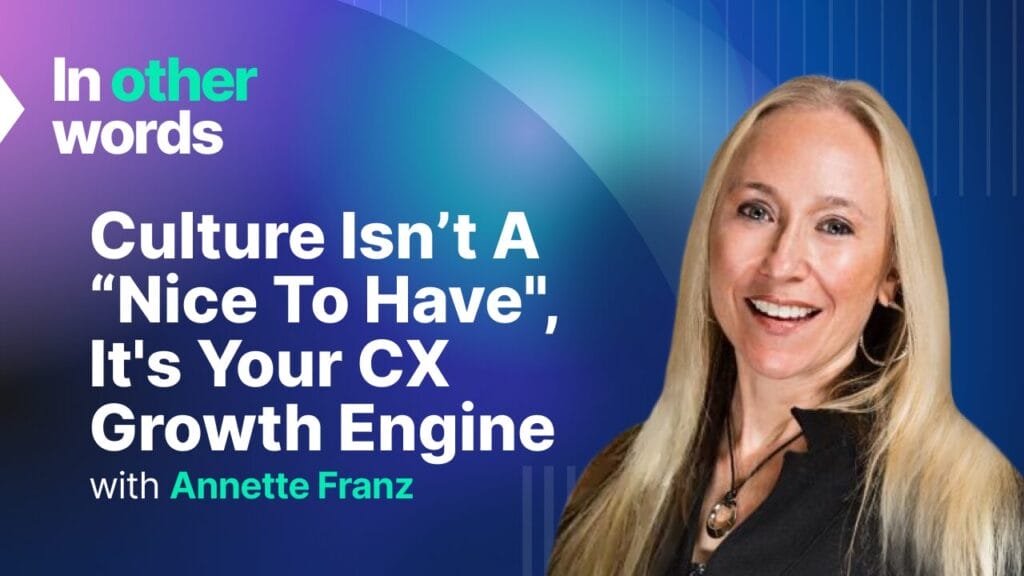The term hyperautomation was first coined by Gartner, referring to the “use of technology to maximize business process automation”.
Based on this definition, it’s fair to say that it’s a vague term at best. Business process automation could involve almost anything, from RFP creation to web button optimization.
At Phrase, we’ve discussed hyperautomation as a way of making human intervention the exception, rather than the rule in localization processes. Streamlining areas like post editing, quality assessment and asset curation so that localization professionals can spend more of their time on more valuable activities.
It’s a laudable goal, but how does that work in the real world?
We recently hosted an informative panel discussion where speakers from Zoetis, Pega, Venizum, Vistatec and Workday shared their own insights and use cases around hyperautomation, including some significant benefits they have seen.
Building and Scaling Localization Teams

Esther Curiel is the Globalization Manager for Zoetis, the world’s leading animal health company. Esther highlighted how automation has accelerated the maturity of her entire localization team:
“Automation has helped us reach a level of maturity that I wasn’t expecting we would get to until 10 years down the line. We have the level of integrations with repositories and self-service abilities for our stakeholders, which frees up our time to do the real useful work of collaboration.”
Beyond this, Esther also shared how automation has made previously complex tasks more feasible, cutting costs around specialized translation activities.
“With language technology and automation, providing specialized opinions in multiple languages for veterinarians becomes more of a reality… Hyperautomation allows us to do what was previously considered too difficult or expensive.“
Improving Customer Service and Meeting Business Needs

One of the key points discussed was the ability of AI-powered automation to enhance human intelligence.
Several members of the panel were keen to underline this, showing that automation doesn’t mean replacing humans, but rather, augmenting their productivity.
Maziar Nodehi, CEO of salesforce translation connectors Venizum, discussed the role of AI in customer service automation:
“AI removes repetitive tasks for service agents, allowing them to focus on more complex issues. This augmented intelligence sharpens human intelligence, improving efficiency and customer satisfaction.”
He also pointed out that in some applications, it’s important to remember that speed can be more critical than perfect quality:
“Sometimes, the speed of translation is more important than perfect quality. In live chat scenarios, customers prefer real-time responses, even if they’re only 95% accurate, over waiting for a perfectly translated message.”
Evolving Project Management Practices

Vistatec’s Chief Technology Officer Phil Ritchie highlighted how hyperautomation is already transforming complex project management:
“With hyperautomation, we can move away from strict rule-based systems to more nuanced actions. AI allows us to react to smaller trigger points in data, enhancing our project management capabilities.”
While Phil was quick to acknowledge the complexity of integrating AI tools, but also spoke to the benefits: “The democratisation of AI and neural networks adds complexity to our job. We need to integrate various AI tools, which brings challenges but also enables more sophisticated automation.”
Strategic Implementation and Partnerships

As Senior Manager for Global Language Services María Jesús de Arriba Díaz from Workday is familiar with hundreds of different finance and HR processes, so it was particularly useful to hear her comments on managing complex integrations and set-up for automation:
“A thorough discovery process helps us understand where automation already brings value and where it makes sense to implement more. This intentional, data-driven approach is crucial for successful hyperautomation.”
Maria also mentioned that automation is not something that can happen in a silo, and the value of partnerships:
“The partnership with language technology and service partners is critical. We rely on their expertise and experience to stay abreast of the latest developments and ensure our automation efforts are effective.”

Pega’s Global Director of Localization, Charlie Keating, also discussed ways to make the most of automation across the entire business.
As with any new initiative it’s important to take a measured approach and then scale to maximize value, in this case by enhancing efficiency and responsiveness:
“Understanding what the business needs are and how hyperautomation can address those needs is crucial. For instance, our sales organization needed a way to get translations quickly. The self-service portal we implemented provides translations in minutes, which significantly improves their ability to respond to market opportunities.
We look for opportunities based on the content type and other factors that are best suited for automation. This involves understanding the workflow and how to best support it with technology.
It’s an ongoing evolution, but it’s about finding the right fit for each application to maximize efficiency and effectiveness.”
Refocusing the role of linguists

Finally, Phrase CEO and panel moderator Georg Ell mentioned that while it isn’t set to replace jobs, the expanding role automation is playing is set to see language professionals play a more visible and more important role in international businesses in the future:
“What we want out of linguists is to be very CX-focused. This shift from traditional linguistic metrics to customer experience focus aligns with the overall trend in the industry, enhancing the value and impact of hyperautomation.”
Automating ROI: the strategic advantage
From building and scaling teams rapidly to enhancing efficiency and responsiveness, a strategic focus on hyperautomation is already providing significant, tangible benefits. This includes improving customer service, evolving project management practices, and affecting ROI through conversion and customer retention.
Missed our panel discussion on hyperautomation at LocWorld51? Don’t worry, you can catch all the exciting insights and conversations right here!
If you’d like to learn more about how Phrase is helping businesses hyperautomate the localization process, we’d love to hear from you. be sure to read about our latest updates, or get in touch to schedule a demo today.





